The Mindanao Power Grid – Electrons getting lost in Space
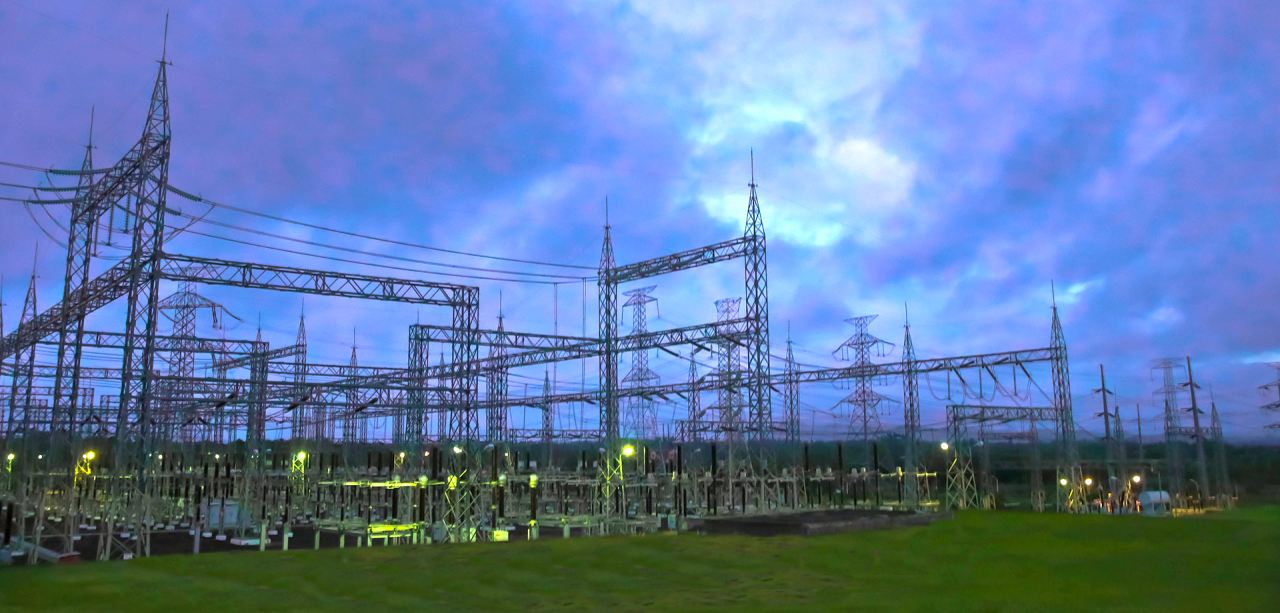
The Mindanao Power Grid is composed of private energy producers and private/communal distribution cooperations. This is the case in most countries all over the world. The difference in Mindanao is the not so holly relationship between producers, network agencies and local cooperatives.
The observations in this article are valid all over the Philippines. Camiguin serves just as a sample, because we know it best. Camiguin has the highest electrical power costs in the Philippines. On their last bill consumers paid 16.51 Pesos per Kilowatt-hour!
The producers
There is one big name: Aboitiz. The Aboitiz conglomerate not only directly owns the biggest power plants. Over holding companies they also control other power generating companies. A second big player is the Lopez Group and finally San Miguel does not only produce beer but also electricity.
You might want to read this page Power – Industry Players to get a bit more insight.
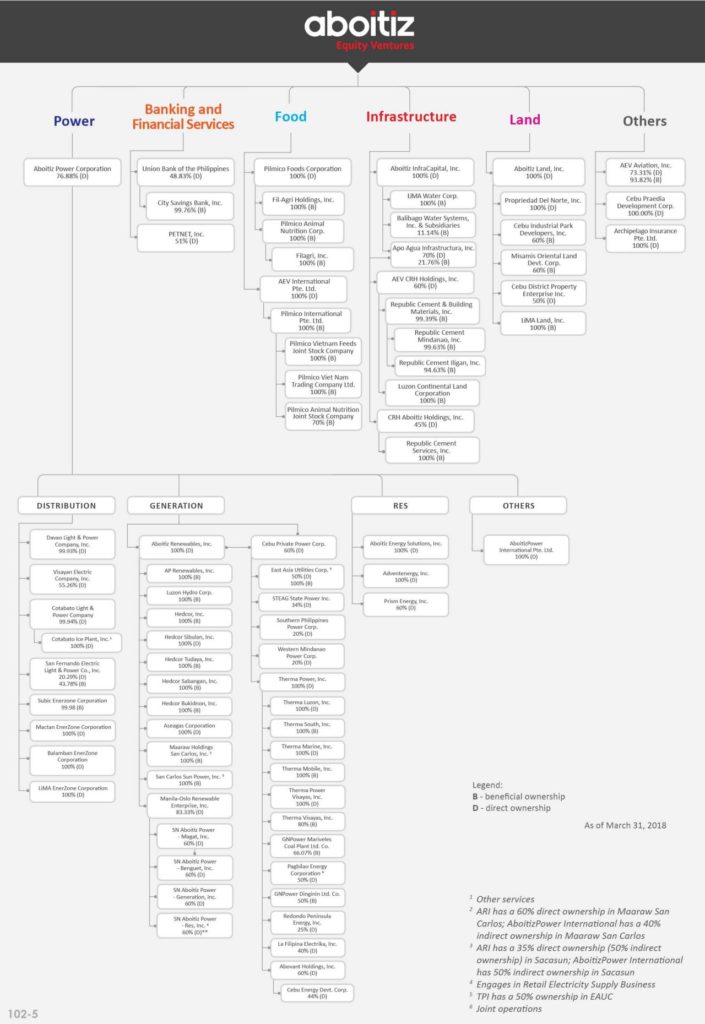
Producing electricity is really big business. In 2017 the Philippines consumed 94,370 GWh (GigaWattHours). These are 1,000 x 1,000 x 94,370 kWh. The average generation charge all over the Philippines is about 6 Pesos per kWh. Calculate! 566,220,000,000 Pesos or 566.22 Billion Pesos.
And this is only the production, the electricity generation.
The network agencies
There is a big bunch of offices, departments, organisations and other authorities dealing with electricity in the Philippines. Let’s try to have a look at them. Probably the list will not be complete.
On top of this administrative pyramid stand the DOE, the Department of Energy.

The DOE is the executive department of the Philippine Government responsible for preparing, integrating, manipulating, organizing, coordinating, supervising and controlling all plans, programs, projects and activities of the Government relative to energy exploration, development, utilization, distribution and conservation. For a short description we refer to Wikipedia.
The “electrical” branch is composed of:
- Electric Power Industry Management Bureau
- Renewable Energy Management Bureau
The following units, agencies and corporations are attached to the Department. Most of them are mixed government/commercial operations:
- National Power Corporation (NPC/Napocor)
Napocor is mandated to provide electricity to all rural areas of the Philippines by 2025, to manage water resources for power generation, and to optimise the use of other power generating assets. - National Transmission Corporation (TransCo)
TransCo is the owner of the national power grid and supervises the National Grid Corporation. - National Grid Corporation of the Philippines (NGCP)
NGCP is a consortium of 3 corporations, namely Monte Oro Grid Resources Corporation, Calaca High Power Corporation, and the State Grid Corporation of China. As the franchise holder, it is in charge of operating, maintaining, and developing the country’s state-owned power grid. - National Electrification Administration (NEA)
NEA’s task in the full implementation of the Rural Electrification program (REP) of the Philippine government and reinforce the technical capability and financial viability of the 121 rural Electric Cooperatives (ECs). - Power Sector Assets and Liabilities Management Corporation (PSALM Corp.)
PSALM supervises and coordinates all financial transactions between private and state owned producers, transporters and consumer cooperatives.
In all these administrations flow about 2/3 of your electricity bill!
While trying to understand above conglomerate we often stumbled over the same names in different functions. Interesting, but we never did and never will put our fingers into politics.
Also on almost all websites we encountered the famous transparency seal.

This transparency seal at least allowed us to see the key persons and their responsibilities. The seal also enabled us to understand the official financial flows.
But to understand all the interactions of all these departments, offices and private entities, a team of at least 20 experienced MBA graduates would need 2 years to establish a comprehensive picture.
The consumer cooperatives
And now we come near to you, the electricity consumer. All over the Philippines we found 121 rural Electric Cooperatives (ECs). 39 of them are on and around Mindanao. Let us pick out just one of them, our local CAMELCO, the Camiguin Electric Cooperative.
CAMELCO provides the second smallest province of the Philippines with electricity. Camiguin came very late to electricity. In 1983 a 100 kVA (Kilowatt) generator supplied the first electrons to consumers in Mambajao.
Later, during about 10 years, two second-hand generators of 250 kVA each, supplied energy to two districts on the island. Electricity was only available from 6 PM to 6 AM!
Then came the first undersea cable. By 1991 CAMELCO received 5 MVA (five Megawatt) from mainland Mindanao.
Today, March 2019, there are still struggles between CAMELCO, the NEA, ERC and a local citizen’s organisation. We encourage to visit the organisation’s website (CGPC).
Another big problem haunts CAMELCO since 2013, when they signed a contract for a local Diesel Power Plant. Up to now this power plant has never supplied one single electron in the island’s grid. This story also can be read on the CGPC website.
It seems that Camiguin’s electricity consumers pay every month a bill of 6,000,000 Pesos for this phantom power plant.
Up to now, we never got a frank and consistent answer about the reasons for the non-operating of this power plant. We also received figures from 4.4 up to 10 MVA of potential production capacity.
In 2018 and 2019 two rather big electricity consumers came to the small island of Camiguin. Gaisano opened the first shopping centre and Limketkai begun construction of their luxury resort.
Back to the lost electrons!
Of course, electrons do not get lost in the macro-cosmos of a tropical island. But electrons have the nasty negative behaviour to find the easiest way to find a positive partner.
This nasty behaviour finds a lot of support. Among the legal supporters are cheap aluminium cables and wires instead of copper lines. There are too thin wires which glow in the night and show you your way home in the night (recently seen in Brgy. Kuguyta).
Banana leaves covered with salty spray from the sea, coconut trees serving as poles and other wet vegetation guide the electrons to ground.
There are many more (cheap China made appliances with no fuses, badly insulated twisted cables and wires and often “clipping” neighbours.
On our last bill 544.11 Pesos were billed as “System Loss”, a hefty 8%.
A last word
Energy supply is crucial for any country. This is why energy supply should be split into two completely separated and independent entities. Political supervisors and commercial suppliers.
Yes, I know, I am dreaming.

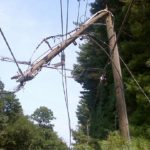
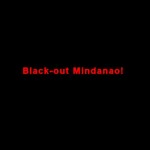

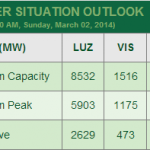





Recent Comments